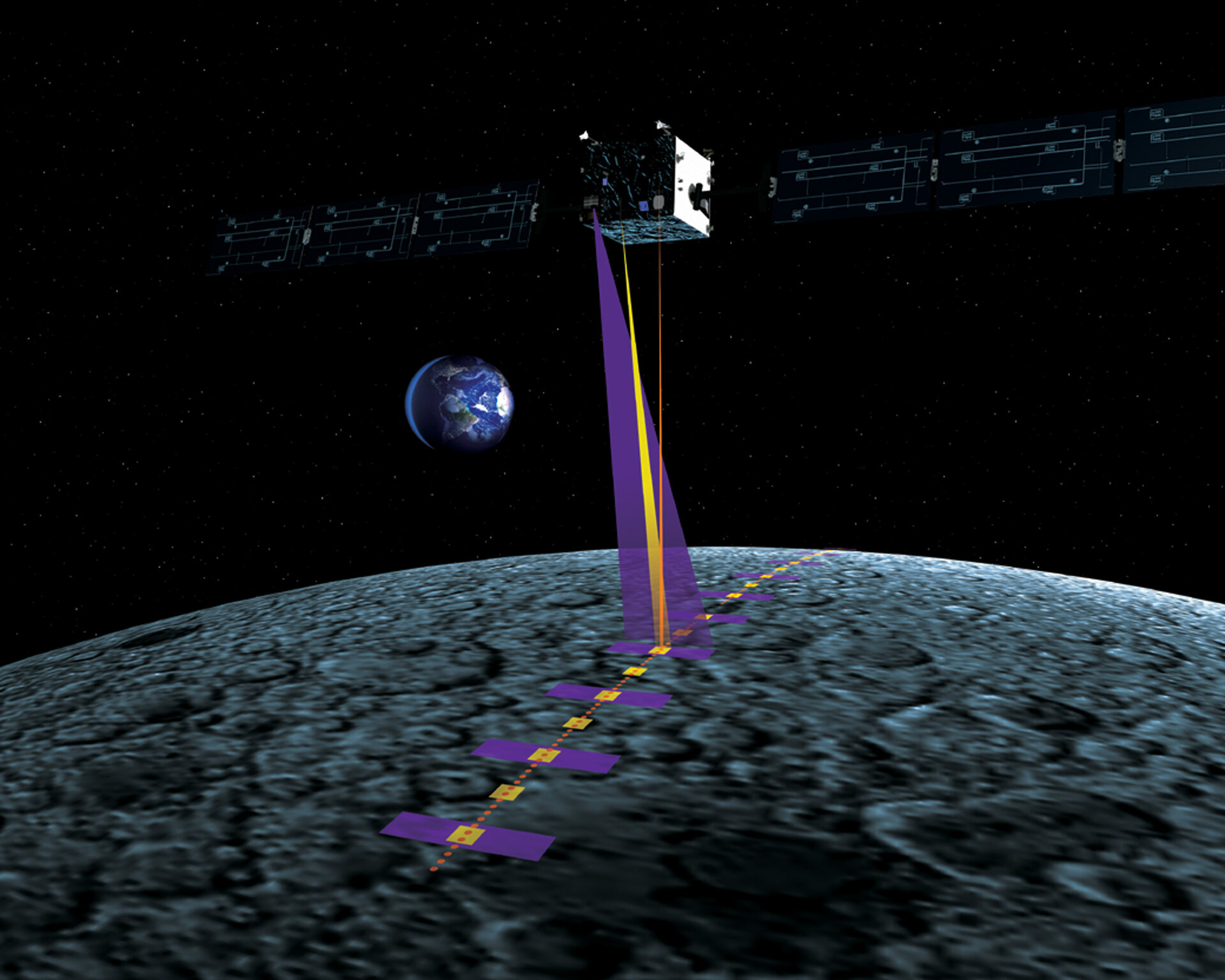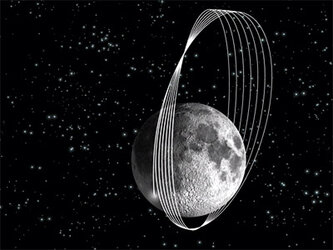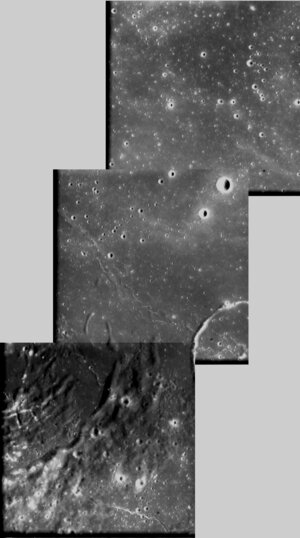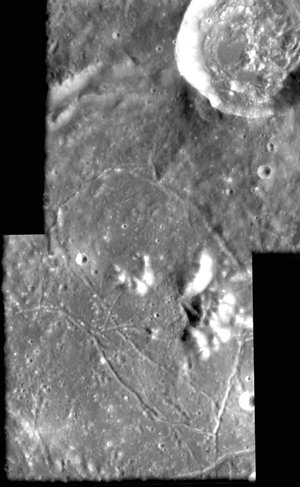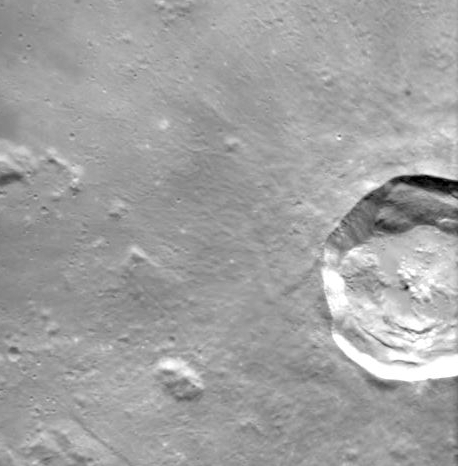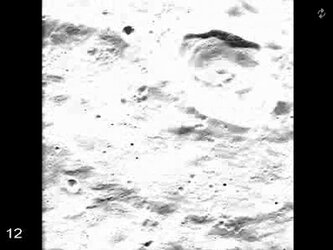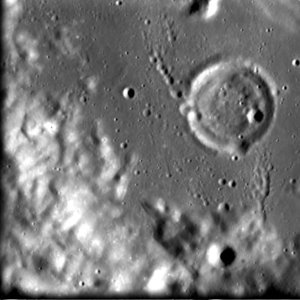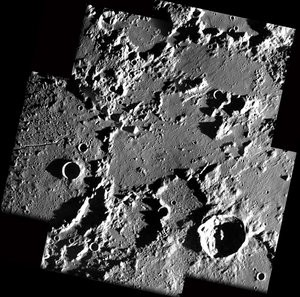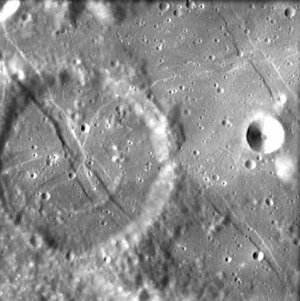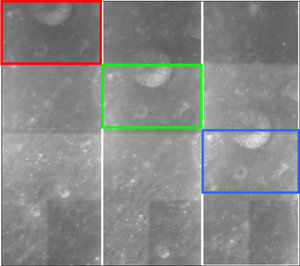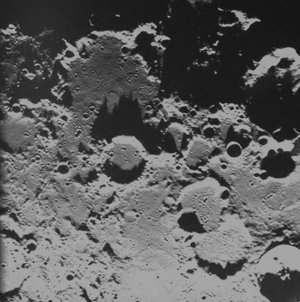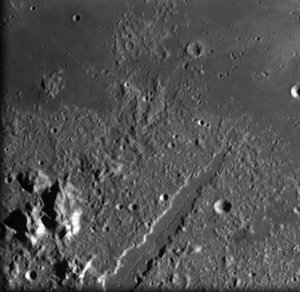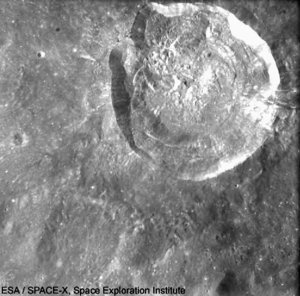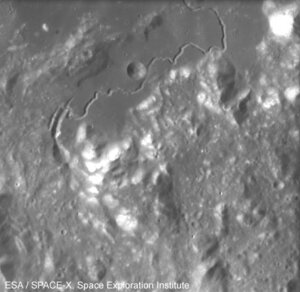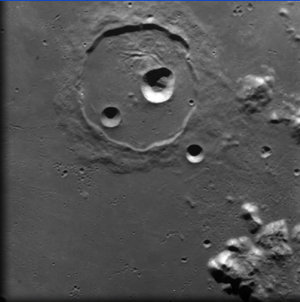The SMART-1 way - giving the Moon some great new looks
During its 15-month science mission at the Moon, ESA's SMART-1 returned up to 1000 images per week, whose analysis is still keeping the scientists busy. They show the Moon’s surface in unprecedented detail (with the kind of information that until now, scientists could only dream about) and it is going to get better.
When you are studying the Moon there is no such thing as 'point-and-shoot'. The scientists and mission planners on ESA’s SMART-1 lunar explorer had to make sure that when it aimed its camera at a particular lunar feature, there was enough sunlight to illuminate the target. That's no easy task when the spacecraft’s five-hour orbit carried it around the Moon from mid-day to midnight in just a couple of hours.
Not just that, but the SMART-1 team also had to ensure that the spacecraft surveyed as much of the Moon as possible during the mission. "To decipher the formation and evolution of the Moon, and the processes that shape its landscapes, we needed both global coverage and dedicated observations of specific targets," says Bernard Foing, SMART-1 Project Scientist.
To accomplish this heavy load, the mission used a number of innovative observing modes. In all, four styles of observation were used: nadir observations, targeted observations, moon-spot pointing and push-broom observations.
Looking 'nadir'
During SMART-1's first six months, the nominal mission, the emphasis was placed on surveying. Previously, the best digital Moon maps have been from the US Clementine mission, revealing colour details of 200 metres across. At its best, the SMART-1 survey maps reveal features just 40 metres across.
"SMART-1 has produced images for some very detailed maps of the Moon," says David Frew, SMART-1's Science Operations Manager, from ESA's European Space Research and Technology Centre (ESTEC) in The Netherlands.
To achieve the survey, the spacecraft simply pointed its cameras straight down and continuously recorded what passed beneath the spacecraft. Known as nadir observations, this was not as simple as it sounds because of the Sun’s heat on the spacecraft.
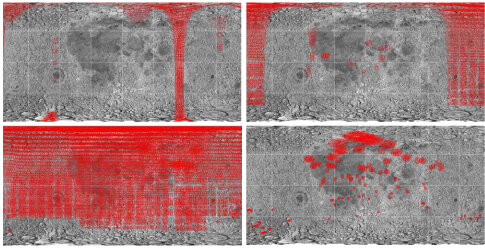
To keep SMART-1 cool, the spacecraft has a number of 'radiators' on the side panels. On the same panels are the star trackers. These tiny cameras watch the stars, so that SMART-1's orientation and movement can be computed.
If sunlight falls onto these sides, the radiators would not dissipate the excess heat efficiently and the star trackers would stop working if direct sunlight heated them beyond a certain point.
So the spacecraft had to twist during its orbit to keep the sunlight off the side panels. This twisting motion turned the cameras and so the Science Team had to carefully calculate the image times to ensure that the camera recorded every part of the lunar surface.
During the survey mode, the other science instruments were also recording data. For example, the X-ray instrument, D-CIXS collected nearly 10 full maps of the lunar surface. These data will be combined into a single definitive map of the Moon's surface composition. It should help determine whether the Moon formed from the debris of a gigantic collision between the Earth and another planet-sized body during the early history of the Solar System.
Lunar targeting and moon-spot pointing
Towards the end of the six-month nominal mission, the team began to experiment with targeted observations. This involved tilting the spacecraft so that it captured a lunar feature even though the spacecraft did not pass directly over the top of it. This was useful for making the most of the infrared spectrometer, SIR, because it has a small field of view just less than one kilometre across. It allowed SIR to measure mineralogical changes across the central peaks of lunar craters.
The targeted observations became increasingly important throughout the extended mission. The survey mode continued when no special targets where available. During the northern winter phase of the extended mission, SMART-1's orbit carried it towards the dawn-dusk line and so targets directly below the spacecraft were poorly lit. This meant tilting the spacecraft towards the sunlit lunar regions. "The illumination drives the way we observe with SMART-1," says Frew.

Targets were selected from requests made by the instrument science teams. Frew and SMART-1 science operations colleagues used computer simulations of SMART-1's orbit to determine whether the requested observations would be possible. Once they had identified a suitable opportunity to gather the data, the instructions were programmed into SMART-1.
Two types of targeted observation were possible. The simplest were when SMART-1 tilted slightly, so that the instruments would track over the feature. Second were the moon-spot pointings. These were used to keep looking at a specific feature as SMART-1 flew past it. For the moon-spot pointings, SMART-1 had to turn to keep the target in sight. Such observations enable scientists to understand the topography and surface roughness of lunar features because they see them from different angles.
Push-broom
The Science Operations team also used push-broom observations. This technique allowed colour images of the Moon to be made. SMART-1's camera, AMIE, had been constructed so its light-collecting detector was split into four regions. One was clear and the other three had filters to cut out all but certain wavelengths of red and infrared light. In the push-broom mode, the camera would take a continuous series of images with a carefully selected exposure time so that the motion of the spacecraft resulted in the surface features falling into each filter one after the other.
This required keeping the camera pointed exactly in the direction of the spacecraft's travel. Unless the team were careful, sunlight would hit the side panels containing the radiators and star trackers. The team identified a number of times when, although sunlight would strike the panels, the heating this would cause was within tolerable limits.
"The push-broom observations were entirely successful," says Miguel Almeida, a Science Operations Engineer at ESTEC. Now scientists will be able to create contextual maps of surface minerals and, for instance, search for glassy areas on the lunar surface, betraying meteorite strikes that have melted small areas.
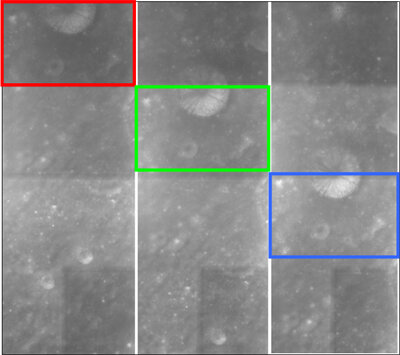
Scientist are now preparing for the final phase of the mission, a series of increasingly low altitude orbits that will allow scientists to take their closest look of the entire mission. In particular, they want to study the south pole to see if there are any possible landing sites for future missions. "When you get close, areas that look smooth are actually very rough," says Almeida.
"SMART-1 will help to pinpoint interesting and safe terrains for future exploration," says Foing, "We are using our data and operational experience to contribute to the next generation of international lunar orbiters and landers".
Eventually, the decreasing orbit will run SMART-1 into the Moon, ending the mission in a small impact that will leave behind just a small crater of a few metres size: a little tribute to a highly successful mission.
For more information:
Bernard Foing, ESA SMART-1 Project Scientist
Email: bernard.foing @ esa.int
David Frew, ESA SMART-1 Science Operations Manager
Email: david.frew @ esa.int


